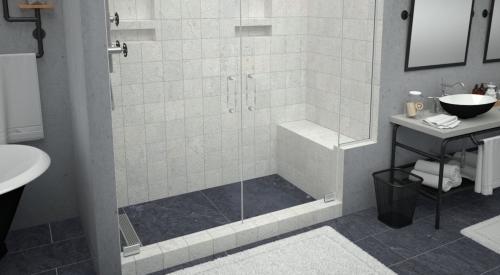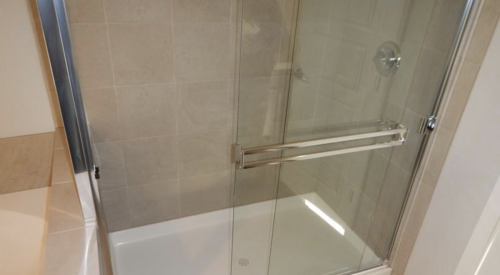In addition to more government regulations, builders are contending with costs for land, labor, and materials that are rising faster than builders’ ability to increase home prices. In this business climate, protecting margins must include reducing operating costs.
A Key to Fewer Construction Callbacks
One way to cut costs is to implement processes to reduce warranty and litigation claims. We’ve found, in our work with many top U.S. production builders, that those with the fewest callbacks and happiest customers have the following in common:
1) They create standard specifications with clearly defined performance language.
2) They educate installers on the details of these quality expectations.
3) They have systems in place to make sure those expectations are met. Some of these builders have halved their warranty spending—savings that go directly to the bottom line.
The basics include detailed installation instructions and lists of approved products. This can be a big shift for builders that normally leave detail and product decisions to installers. Some merely require that work be done “to industry standards,” but the understanding of that term can vary as much from one installer to the next as do recipes for the best chili. To further complicate things, most subcontractors’ workers have less knowledge than a decade ago. It’s an environment that cries out for standardization and clearly defined expectations.
Checklists for Critical Processes on the Jobsite
We recommend that builders have clear checklists and illustrations for critical processes. These take work to create. With stucco, for example, you will need to consult code requirements, ASTM standards, and professional organizations. You’ll also need to include your project managers, purchasing agents, and subcontractors in the discussions. Do you work in different communities and market areas? Get input from key people in each of them.
A typical home may benefit from 20 or more checklists, but there’s no need to create them all at once. Instead, start with the two or three assemblies that have been causing the most callbacks, whether it’s leaky shower pans or comfort issues from poorly installed fiberglass batts.
While these details show installers the key requirements for each assembly, the specs also need to tell them what products to use. That means never using the term “or equivalent,” as in telling the siding installer to put “DuPont Tyvek or equivalent” on the walls. Not all products perform equally.
If you don’t want to limit your crews to one product, you can create approved-product lists from which they can choose. Include brand names, or specify a certain product type such as “butyl flashing tape,” rather than simply “flashing tape.”
Update the installation instructions whenever product choices change. Otherwise, if, say, the builder switches from one brand of stone veneer cladding to another and doesn’t update the work specs, the installation details may not meet the manufacturer’s warranty requirements.
Standard specs with clearly defined performance language are a great investment that offers measurable payoffs, but specs must be maintained over time by ensuring that workers actually follow them. That’s the subject of the next column.
Richard Baker drives quality and performance in home building as a program manager of the PERFORM Builder Solutions team at IBACOS.
Want more? Read part 2 on getting what you paid for













